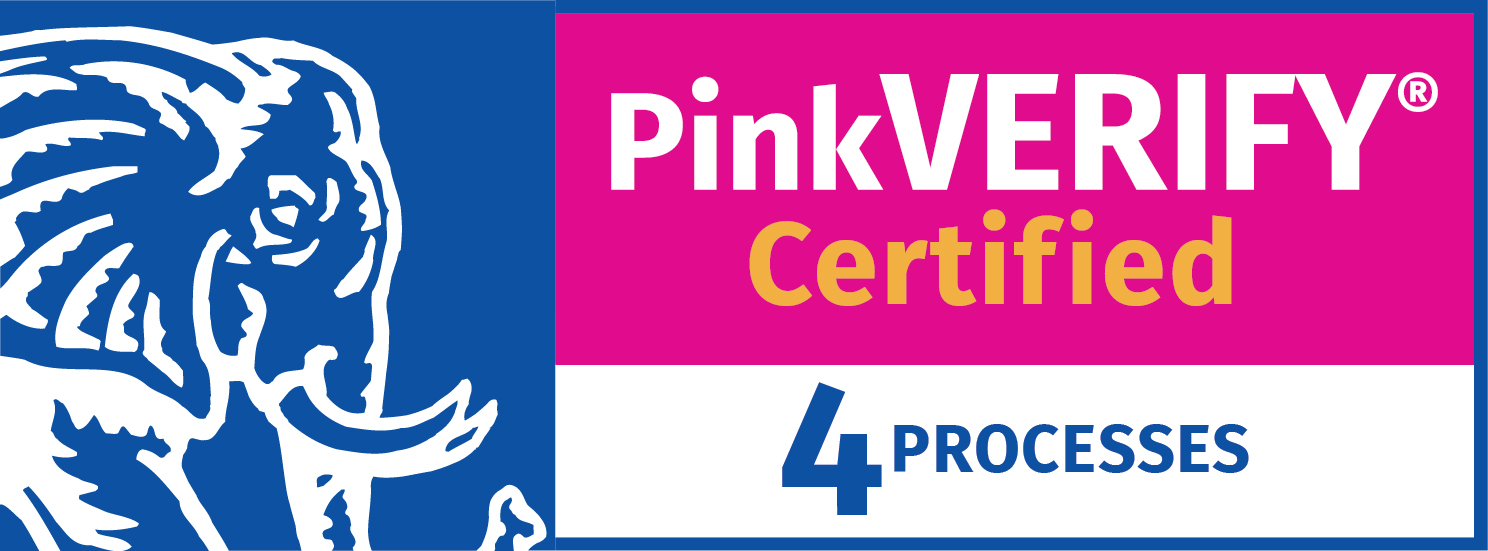You’re in New-York city looking for the best Sushi restaurant. Without even thinking twice, your fingers type a few keywords into your search engine, which immediately scours the entire internet to find the most relevant content. Within seconds your search results help you choose the best Sushi place around. Why should the experience of our customers and end-users be different when they seek to solve an issue or submit a new ticket to IT? AI technologies are the latest trend and what I believe to be the right approach to address this need. As IT, we’re constantly expected to improve our organisational efficiency. Utilizing AI technologies can help IT get there. But before IT organisations jump in to adopt AI, ground rules and clear guidelines alongside measurement and control tools must be set – otherwise the adoption/implementation of such technology is doomed to fail.
The CIO point of view
As modern IT service management (ITSM) tools emerge, CIOs are shifting their resources from daily support activities to strategic projects, empowering their business. Their aspiration is to have as many support activities automated or self-serviced. This initiative can be easily measured and presented to management assuming the tool can provide the analysis. The IT staff point of view The IT staff spends most of its time handling unqualified information in tickets that requires correcting the ticket’s categories, routing, and problem description. Theoretically, they should have an interest to replace this manual process with an interactive service-bot. But how can they be motivated to support this dramatic change when solving daily recurrent incidents secures their job? The use of basic gamification methods is highly effective in the above scenario to motivate IT staff to create self-explanatory guides and classify tickets to constantly support and improve the AI model.
AI pain points
Alongside its advantages, AI has some weaknesses that should be considered before its adoption/implementation. There are three major pain points that must be addressed:
- An unqualified AI model will eventually lead to an early disengagement of the end user. This will completely stall the AI model from improving.
- AI interactions will be frustrating if a critical mass of data is not loaded on day one.
- AI is like a black-box. If you lack the ability to control or override its behavior you’ll not be able to adjust it to your organization’s needs. It needs to be flexible, so the behavior can be easily controlled and changed.
These pain points almost sound like a conflict with the autonomous AI approach, but they’re the reason why AI and human wisdom must be combined and form tools that are incorporated within service-bots.
5 guidelines for a successful AI model implementation
- Go Hybrid – combine human rule-based automations with AI within your service-bot, thus: Massive data load is no longer a pre-requisite at day-one and enhanced support is instantly enabled; and you can provide solutions and answer queries from day-one (like: ticket status, quickly open a ticket etc.) and gain both user’s engagement and continuously improve your AI model
- Control the AI model with simple administration tools and adjust it to your specific needs or ad-hoc fluent events
- Analyse and monitor the AI model from day-one to measure and react rapidly
- Motivate your IT staff – using gamification – to be involved and lead the constant improvement of the AI model and the service-bot outcomes.
- Preferably, start with built-in solutions that are focused on ITSM, rather than integrating ITSM and multiple external platforms related to Chat/AI. The latter will require orchestration skills and high maintenance.
In the very near future, these control facilities, risk mitigation processes, measurements, and continuous improvements, will be achieved in full by… AI technologies! Until then – the hybrid approach of human intelligence supervising AI optimization is recommended.




